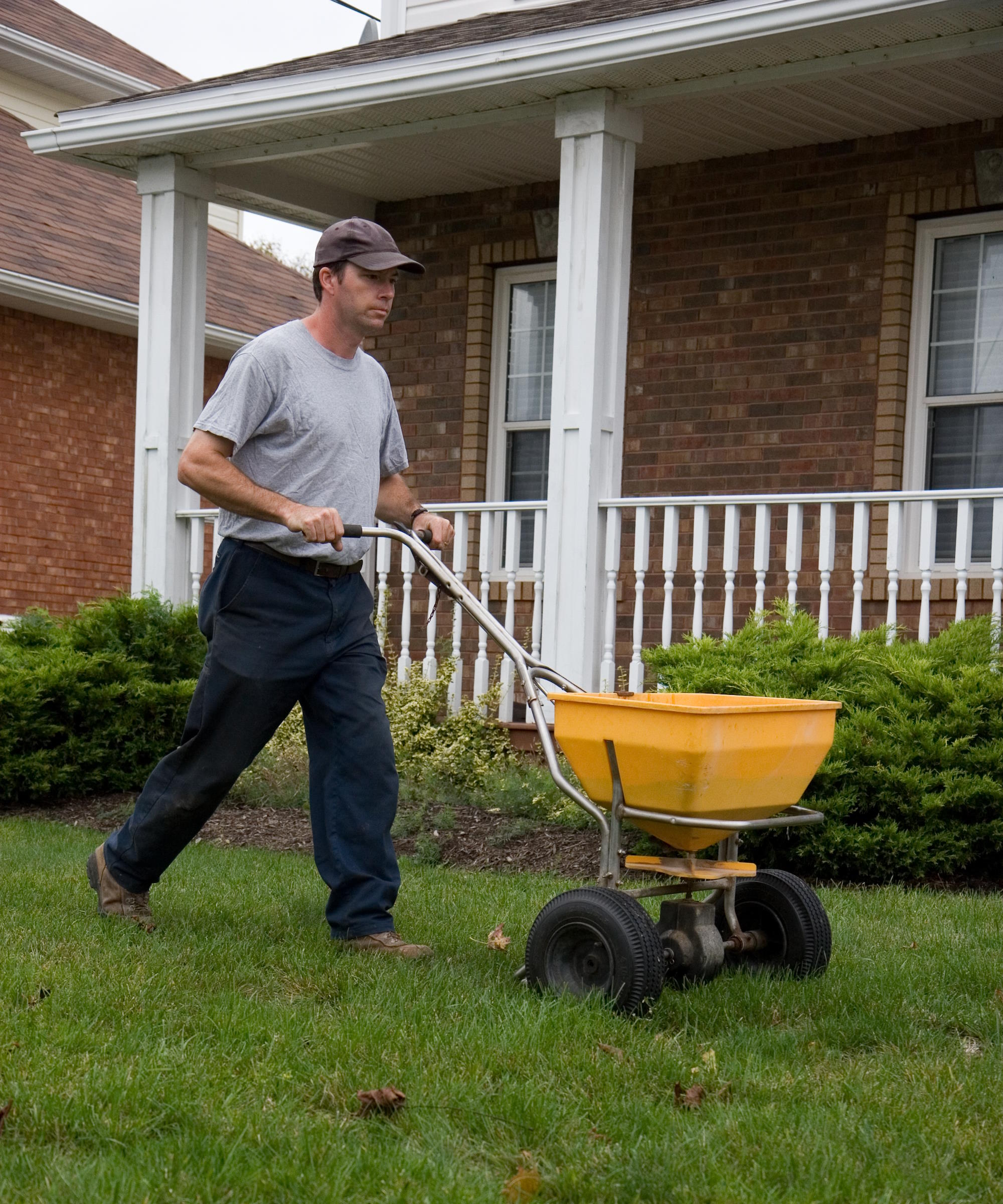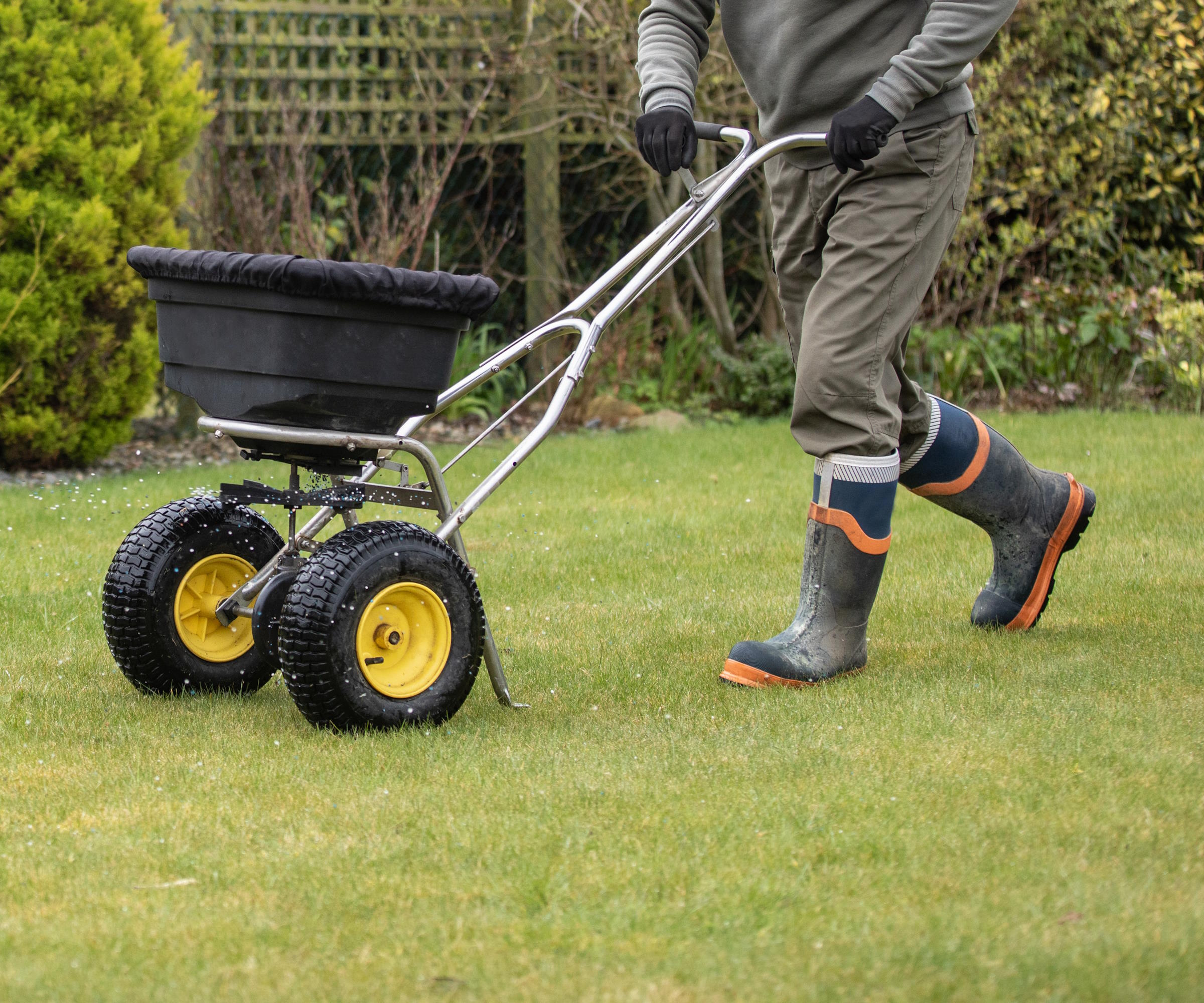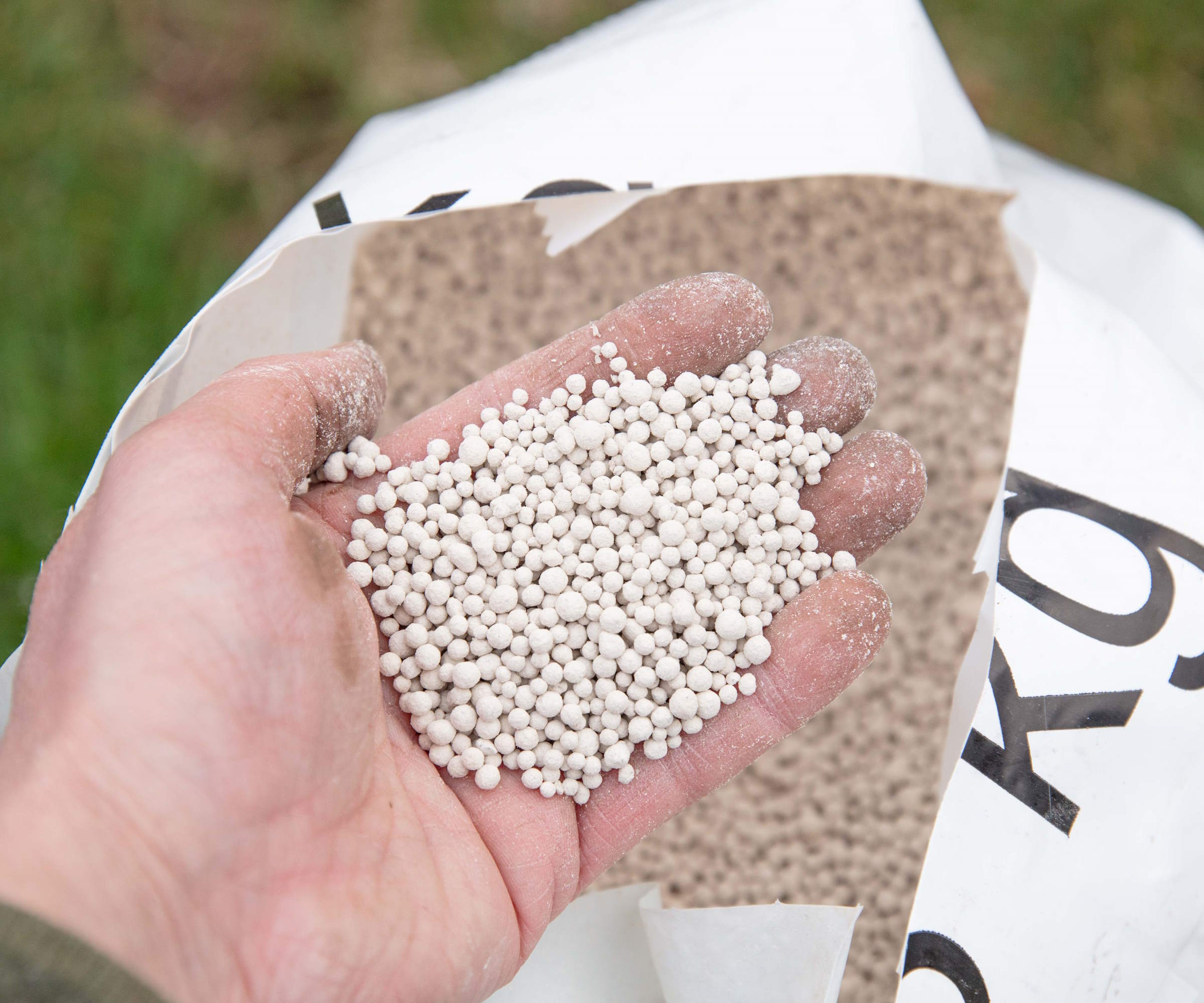
All lawns benefit from being fertilized. Giving the grass the nutrients it needs helps any home have a lush, green, and beautiful lawn. However, feed too much or too regularly and you can harm the grass - so that leads to the question, how often should you fertilize a lawn?
Fertilizing is an integral part of any yearly lawn care regime for those who strive for pristine grass. Along with mowing, aerating, scarifying, and watering, feeding is often done multiple times throughout the year. Proper planning is important, though, as certain factors impact how often to fertilize a lawn.
To help you make the right decisions about how often to feed, we take a look at three important aspects and get tips from experienced lawn care professionals to determine the right feeding schedule for your lawn.

How often should you fertilize a lawn?
The number of treatments a lawn requires throughout the year can depend on many factors. It is not a one-size-fits-all approach and certain elements will make a difference.
However, as a guide, Justin Urbanek, product manager at John Deere, says: ‘Most lawns would benefit from 3-4 fertilizer applications per season. Your type of soil and available nutrients in the soil impact how often and what type of fertilizer to use.’
A typical routine would include fertilizing a lawn in spring after the last frosts have passed to help with healthy growth. Then in high summer, it helps the lawn withstand hot weather and restore color, and fertilizing a lawn in fall will help the grass withstand the onslaught of winter. Additional feeds can be done in late spring or early summer if the grass shows signs of needing a boost.
To prevent issues from making the lawn care mistake of over-fertilizing and help you make informed choices, conducting a soil test will demonstrate what nutrients your lawn needs and if any key nutrients are lacking in the soil that need to be fixed.
On top of learning about the makeup of your soil, the following factors will all play a role in dictating a lawn maintenance program.
Grow the healthiest lawn with an accurate and easy-to-use professional soil test kit. With mail-in professional lab analysis that measures 13 plant available nutrient levels and online results in 6-8 days.
1. Location

Your location is one factor which impacts how often you may need to fertilize a lawn throughout the year. Rob Palmer, brand president of Lawn Squad, explains how homeowners in northern and transition zones should think about feeding a lawn ‘roughly every 35-42 days from spring through fall’. He adds: ‘This helps to provide consistent nutrients to the lawn without creating a lot of peaks or slowdowns in turf growth.’
‘In the southern zone, lawns should be fertilized just a couple of times during the warm summer growing season (May-August),’ continues Rob.
Jeremy Yamaguchi, CEO of Lawn Love, claims the specific growing season of certain locations will dictate whether or not a late application of feed is recommended. Cooler climates may mean fewer applications are needed throughout the year and you may not need to add feeding to a fall lawn care regime.
He says: ‘For those with year-round growing seasons, fertilizing in the fall as well as the spring makes sense, but others will generally want to avoid fertilizing in the fall to help their lawns go dormant in the winter. Too much fertilizer too late in the season will have your grass committing to new growth when it should be storing its nutrients for spring’.
2. Soil type

As well as location, the soil type of your backyard is a factor that affects how the lawn responds to any feed and how often fertilizer may need to be applied. The different make-up of soil will determine how quickly the nutrients of any fertilizer are either held in the ground or leached out and lost.
Brad Saunders, president of Heroes Lawn Care, advises: ‘Sandy soils drain quickly and don't hold onto nutrients like clay or loamy soils do, which means you might have to fertilize more often to keep your lawn healthy.’
Soils range from heavy clay soils that can hold onto lots of water and nutrients, but can easily be compacted, to light sandy soils that are often low in nutrients as they can be easily washed out.
Lighter soils will require more frequent applications of fertilizer, but in smaller amounts. They may benefit from four feeds per year, compared to 2-3 for other soil types.
3. Type of fertilizer

Lawn fertilizers come in different forms, there are organic and synthetic types and products will either be slow-release granular fertilizers or faster-acting liquid feeds that are mixed with water and applied to the lawn.
Brad Saunders from Heroes Lawn Care explains how the type of fertilizer will alter how often they should be used on the lawn. He says: ‘If you're using synthetic fertilizers, I’d recommend applying it every 5 to 6 weeks to keep things healthy. Now, if you're going the organic route, you can stretch that to about 6 to 8 weeks since those tend to release nutrients a little more slowly.’
Slow-release fertilizers can feed the lawn for many months after one application. They gradually release nutrients and it lessens the chances of over-fertilizing a lawn. Liquid feeds can provide a quick boost of nutrients to grass that needs it, but care should be taken not to over-use any type of feed.
Sometimes the lawn may show you that it needs a feed. For example, the grass growth may slow down or the blades may start to discolor. These can be signs that it needs a boost of nutrients, however, do not feed if it is less than 6-8 weeks since the last application of fertilizer.
FAQs
How long does it take for fertilizer to absorb into grass?
The length of time it takes for fertilizer to be fully absorbed into the grass will depend on the type of the feed.
Fast-release liquid feeds can take 1-3 days to start working and may be absorbed within four weeks. Slow-release fertilizers start working within a week and may take up to eight weeks to be fully absorbed.
The speed at which granular fertilizers start working depends on when the grass is watered, as irrigation is required to help activate the product. Aerating a lawn before fertilizing is also recommended to help the fertilizer get deep down to the grassroots in the soil.
When you plan to fertilize a lawn in spring or fall, you may battle with the elements to get the task done and wonder if you can fertilize in the rain. Feeding a lawn just ahead of rain can help the lawn take in the nutrients from granular fertilizers, however, liquid fertilizers may get diluted down or even washed away by rainfall. It is best to avoid fertilizing a lawn just before or after heavy rainfall as the grass will hold so much water it will struggle to absorb any of the feed’s nutrients.







